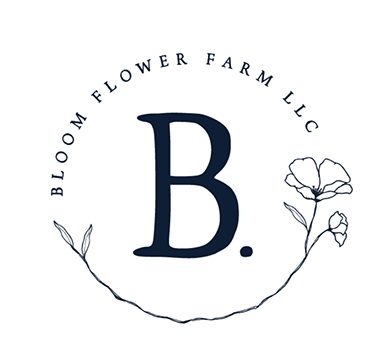Taking a Likin’ To Lichen
You may have passed them untold times without noticing, even during the dead of winter. They speckle tombstones, spatter rocks, and encrust screen door hinges. Often flat, always sedentary and silent, lichen are inherently inconspicuous. They are among nature’s most mysterious organisms.
Neither fully plant nor completely fungus, lichen are biological composites. Their components – fungus and algae – are wed in a mutually beneficial (symbiotic) relationship. Photosynthetic algae live within the outer skin of the fungus. In exchange for housing, they pay rent in the form of carbohydrates and vitamins needed by the host fungus.

Lichen are rootless, anchoring to stationary substrates with thin fungal threads known as rhizines. A rootless existence enables them to grow almost anywhere – on tree trunks, leaves, rocks, fence posts, and even the fender of your uncle’s rusting Edsel. But life without roots is not without hazards. Lichen are prone to desiccation. They rely on atmospheric water, mostly rain and fog, to stay hydrated.
Despite relative anonymity, lichen are ubiquitous, found throughout the world in a variety of habitats ranging from frigid Arctic tundra to rain drenched tropical forests. In arid environments, they partner with fungi, mosses, and bacteria to create a brittle, living veneer that sits astride sandy soils. Biotic crusts, as they are known, are essential for soil stability and health. Although able to withstand the elements, they are highly susceptible to physical impacts like foot trampling. Once disturbed, biotic crusts need years to recover.
Lichenologists (yes, it’s an actual profession) have identified more than 18,000 varieties of lichen. Since many are superficially similar, genetic analysis is used to differentiate them. It is now thought as many as 250,000 species may exist.
In stable environments lichen are long-lived, persisting for decades or even centuries. Longevity combined with the ability to absorb atmospheric particles, including pollutants like sulfur, mercury, and nitrogen, make them important indicators of air quality. The National Park Service and U.S. Forest Service use lichen as biomonitors. Deteriorating air quality is often reflected in slow growth or even the demise of key species.
Lichen are nibbled by a variety of organisms. They are a menu staple for many insects, including grasshoppers, and provide important dietary supplements for red-backed voles and flying squirrels. Several species are considered essential winter forage for reindeer.
Earth tone lichen are favored by many species of birds as nesting material. The reason? Nests flecked by gray and green are well camouflaged, concealing edible eggs and vulnerable young. Hummingbirds are particularly adept at shingling their tiny, spider silk nests with lichen bits to keep jelly-bean sized babies safe and sound.
Simple shapes belie lichens’ complex chemistry. More than 700 organic compounds have been isolated from their tissues. Unique chemical signatures help distinguish similar species. Other compounds impart bright colors – red, yellow, and orange – to lichen species historically used by indigenous people as dyes for clothing and cultural ceremonies. A handful of compounds even exhibit promise as antibiotics.
There is much we don’t know about the mysterious lives of lichen. Unlocking their secrets leads to understanding, appreciation, and the recognition that even the most unobtrusive forms of life are essential for a healthy planet. What’s not to lichen about that?














